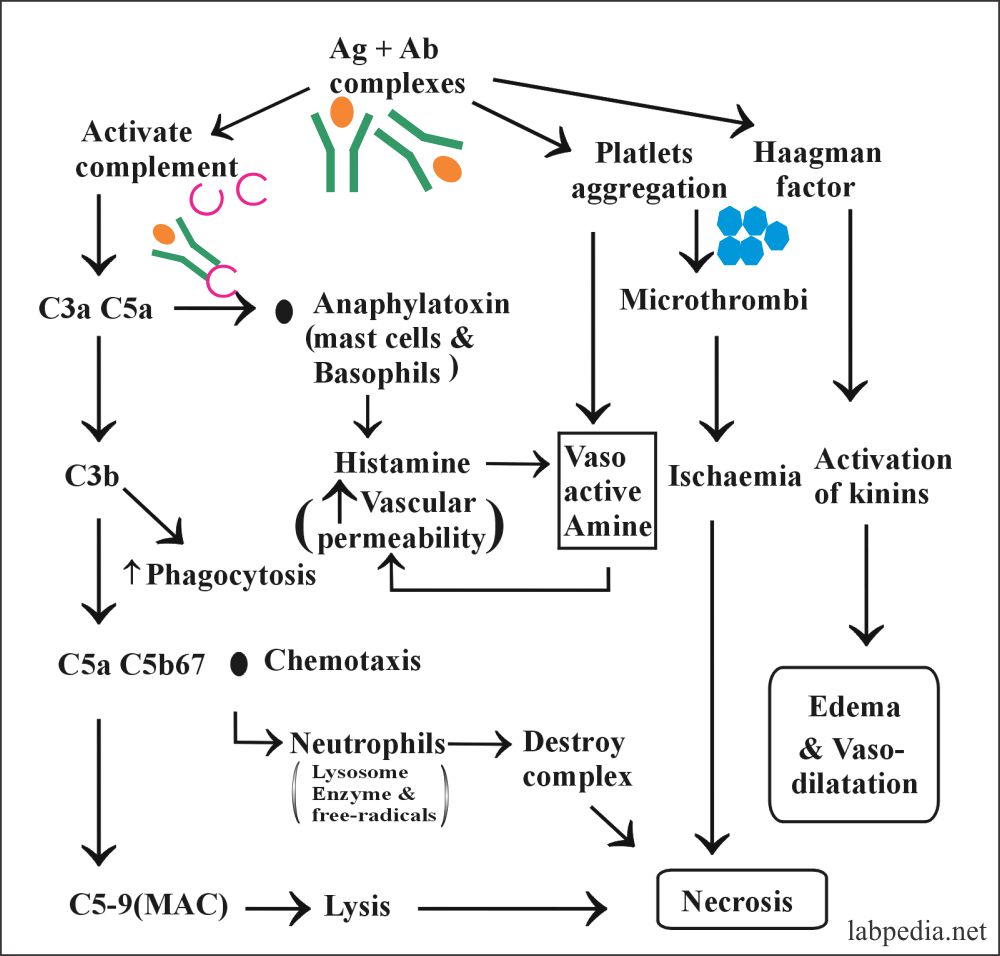

Again T-helper cell (T H cell) includes T-D cells which constitutes the bulk of CD4 + T-cells. The special group of CD4 + cells take part in type IV hypersensitivity and are called T-D cells (delayed).

Type IV hypersensitivity requires CD4 + type. T-cells (lymphocytes) have two main types-the CD4 + cells and CD8 + cells. The appearance of allergic symptoms come in delay.ĭelayed hypersensitivity is maintained by T- lymphocytes. It is not the instant response but it is manifested after the second exposure to an allergen. It is mainly controlled by T-cells, macrophages and dendritic cells. Type IV hypersensitivity is the only type of delayed hypersensitivity. It is produced as a result of interaction of IgG and the nucleoproteins of the disintegrated leucocytes (auto-antigens). Another type of hypersensitive reaction is known as lupus i.e. Inhalation of bacteria and fungal spores gives rise to a disease called farmer’s lung forming immune complexes in the epithelial layers of the respiratory tract.Ĥ. Due to deposition of IgG antigen complexes in the blood vessels cause local damage and deposit in blood vessels of kidney glomeruli called Arthus Reaction.ģ. The recipient of a foreign antiserum develops antibodies, specific for the foreign serum proteins from circulating immune complexes and within days or weeks after exposure to foreign serum antigens, an individual starts to develop serum sickness including fever, weakness, vasculitis (rashes) with edema, erythema, lymphadenopathy, arthritis and glomerulonephritis.Ģ. These cells release lysosomal enzymes in large quantities to cause tissue damage.ġ. When formed bulky antigen-antibody complexes aggregate and combine with the activated complement, they chemotactically attract the polymorphonuclear leucocytes. Complement components (C3a, C4a, C5a) split and produce anaphylatoxins which cause localized mast cell degranulation and increase local vascular permeability.Ģ. These reactions develop when immune complexes activate the complement system’s array of immune effector molecules. For this reason Type III is called immune complex hypersensitivity.ġ. Large amount of immune complexes lead to tissue-damaging Type III hypersensitivity. This immune complex gradually facilitates removal of antigen by phagocytic activity of body. When an antigen enters within the body then the antibody reacts with antigen and generates immune complex. penicillin, cephalosporin and streptomycin) can absorb non- specifically to proteins on RBC membranes, forming a complex similar to a hapten-carrier complex and gradually induces anaemia called drug-induced haemolytic anaemia. Severe haemolytic disease of the new born is called erythroblastosis foetalis, when an Rh + foetus expresses an Rh antigen on its blood cells that the Rh – mother does not express it (Fig. Haemolytic disease of the newborn develops when maternal IgG antibodies specific for foetal blood-group antigens cross the placenta and destroy foetal red blood cells. There are different types of components which are required for type-1 reactions:ġ. The principal effects of vasodilation and smooth muscle contraction may be either systematic or localized. In some cases, the responses may be severe, develop within a few minutes (2-30 mins) and may even cause death before any medical help is called anaphylactic shock.Ĥ. The pharmacologically active mediators released from the granules exert biological effects on the surrounding tissues.ģ.
Type 3 hypersensitivity examples skin#
Normally anaphylactic responses are of a mild type producing symptoms- like hay-fever, running nose, skin eruptions called as ‘nives’ or breathing difficulties.Ģ. When the individual is exposed to the same allergen again, then it cross-links the membrane bound IgE on sensitized mast cells and basophils and degranulation of those cells result (Fig. Such IgE-coated mast cells and basophils are said to be sensitized.

Actually anaphylaxis means “opposite of protection” and is mediated by IgE antibodies through interaction with an allergen.ĭuring the activity, this class of antibody (IgE) binds with high affinity to F C (Fragment crystalized) receptors on the surface of constant domains of tissue mast cells and blood basophils. Type I hypersensitive reactions are the commonest type among all types which is mainly induced by certain type of antigens i.e. The first three types are antibody-mediated and the fourth type is mediated mainly by T-cell and macro-phases i.e. Gell and Coomb described four types of hypersensitivity reactions (Types I, II, III and IV). Several types of hypersensitive reactions can be identified, reflecting differences in the effector molecules generated in the course of the reaction.


 0 kommentar(er)
0 kommentar(er)
